Canon EOS 7D Mark II Review - Image Quality, Video and Verdict Review
Image Quality, Video and Verdict
The wait for an updated 7D is finally over
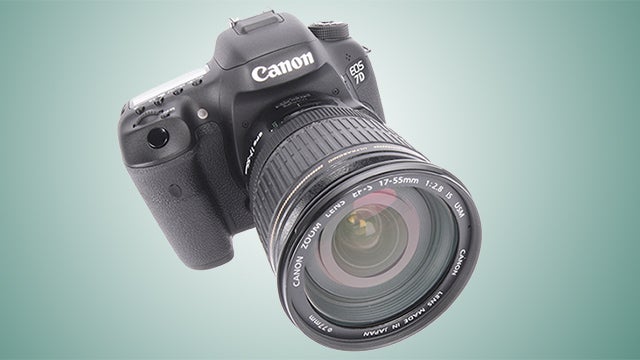
Sections
- Page 1 Canon EOS 7D Mark II Review
- Page 2 Viewfinder and AF Review
- Page 3 Image Quality, Video and Verdict Review
Canon EOS 7D Mark II – Image Quality
Just like the original 7D, the Canon EOS 7D Mark II produces excellent photos by APS-C sensor standards. The 7D MkII has a 20.2-megapixel sensor capable of very good detail levels for the sensor size and resolution.
At low ISOs dynamic range is good at 12.7EV, although given the price you do need to consider that a full-frame camera like Nikon D750 or Canon 5D MKIII will get you better images in some respects.
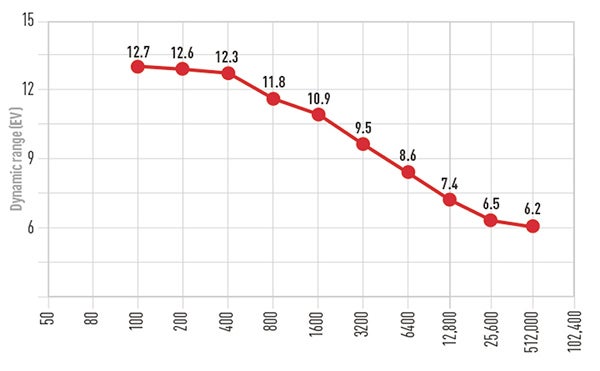
The differences between APS-C and full-frame models naturally become far more evident as sensitivity levels are ramped up. The Canon 7D Mark II offers very low noise up to ISO 1600, and the results at ISO 3200 are still very usable. It’s when moving up higher than this that we see the limits of the APS-C become a little more apparent. But only a little.
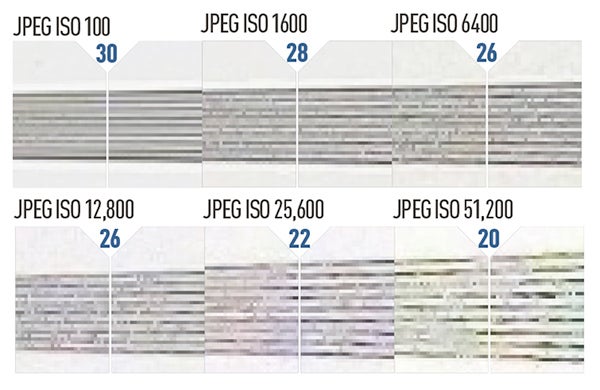
We start to see very serious deterioration of image quality at ISO 12,800. This is just below the top setting of the native ISO range, which spans from 100-16,000. The 7D MkII goes higher, too, with extended 25,600 and 51,200 modes, but as the results are pretty scrappy they’re not really for general use. They’re marked ‘extended’ for a reason.
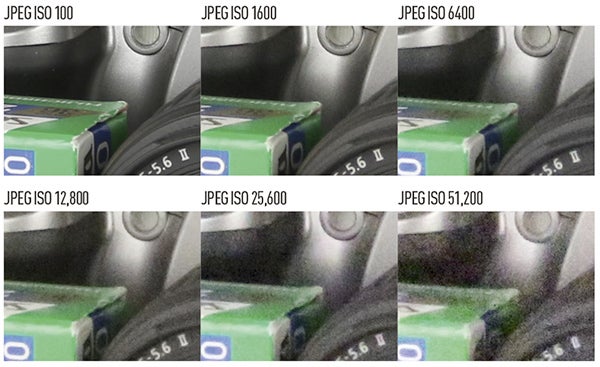
Better high ISO performance is available at the price: you don’t have to spend anything like £1599 to get a full-frame camera these days. However, we do see a big increase in ISO flexibility since the original 7D. Its native range was just 100-6400, with an extended 12,800 mode on offer.
Here are some photos we took with the camera:


Canon EOS 7D Mark II – Video
With shooting performance and image quality expectations met, it’s a shame that the Canon EOS 7D Mark II is seen falling back once again with video quality. While most serious cameras are yet to implement 4K video capture, having come from recently reviewing the APS-C Samsung NX1 we can’t help but feel a pang of disappointment.
Video capture tops out at 1080p, 60 frames per second, with 24, 25 and 30 frames per second modes also available.
Serious videographers will probably want to consider the cheaper Panasonic GH4 or Samsung NX1 instead. However, it’s far from a dead loss for those with split priorities. You can output uncompressed footage to an external recorder over the HDMI port, and having phase-detection focusing during video capture is a big bonus: you don’t need to focus manually. You can even change the speed of the focus engine to make focus transitions that bit smoother in your footage.
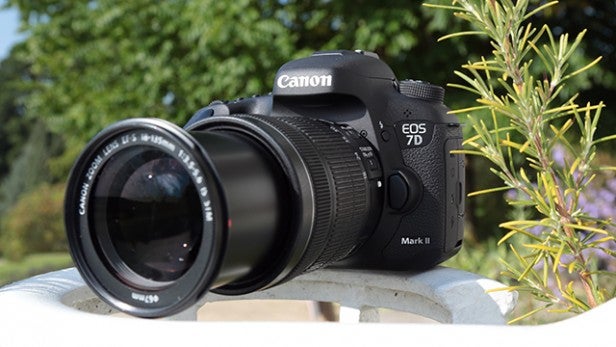
Should I buy the Canon EOS 7D Mark II?
The Canon EOS 7D Mark II isn’t going to impress people looking for the latest upgrades in every area. The lack of 4K video, Wi-Fi, a tilt display, touchscreen operation and even lightweight extras such as auto panorama stitching may be a bit too much for many of you.
However, for those who have already bought into the Canon lens system, the 7D MkII provides the right sort of performance in all the most important areas. Shooting speed, metering and autofocus are all great, and a significant improvement over the classic EOS 7D. If that’s what you’re after, it’s here.
Burst speed does need to be a priority for you, though, as there are plenty of lower-cost full-frame cameras available if speed isn’t such an issue. Even if a high-speed APS-C camera is just what you’re after, also take a close look at the new Samsung NX1 – it’s possibly an even better option if you’re not weighed down by Canon lenses.
Verdict
The 7D MkII is a disappointingly conservative upgrade in some respects, but good AF and burst performance see it though.
Check out the best cameras around
Trusted Score
Score in detail
-
Value 8
-
Design 8
-
Features 7
-
Image Quality 8
-
Build Quality 9
-
Performance 9


